Introduction
This is the next instalment in my insulation tester review series, in a bid to find a more suitable tester for the type of work that I do. The previous testers reviewed are;
Keysight Insulation Multimeter Failure
Chauvin Arnoux CA6526 Insulation Tester Review
Flir IM75 Insulation Tester Review
Extech MG302 Insulation Tester Review
Di-LOG DL9307 Insulation Tester Review
The RS Pro IIT1500 is marketed by RS Components. The RS Pro range appear to be a rebrand of the ISO-Tech range, that was RS Components own in-house brand. As far as I know, RS Components are a retailer / source of electronics and do not have their own design and build capabilities. I decided to review this tester out of personal curiosity, to see if I could determine the actual manufacturer of the tester and how well it would perform against the more well known brands within the insulation tester market.
This tester is at the more economical end of the market, but would still be regarded as suitable for professional use within an industrial environment.
RS Components provide 7 hand held insulation testers under the RS Pro banner along with a bench mounted unit. The IIT1500 is the most expensive of their hand held range and has the highest resistance reading capability along with PI and DAR functionality. The other 6 items range from a basic unit up to a 4GOhm Insulation Multimeter unit, that looks suspiciously like a version of the DT9985, indicating that the source of their brand may in actual fact be CEM, that also provide Extech and Di-LOG with their units.
The RS5500 is a good match for the CEM DT5500 and the RS5505, for the CEM DT5505. However, the IIT1500, does not appear to physically match any of the CEM units available. A bit more searching found that the unit looks to also be available from APPA Technology Corporation as the APPA 605, with a different colour scheme, but same specifications.
APPA also manufacture the APPA 607, which has multimeter functions added to the instrument at the expense of the DAR and PI functions.
Unboxing and Overview
The IIT1500 arrives in a cardboard box with all the items within protected in plastic bags. No other form of packaging was found to protect the instruments and accessories.
Besides the meter itself, the kit contains an instruction manual, magnetic hanging strap, remote control lead, red and black test lead set, red and black probes, red and black crocodile clips and a set of four AA batteries to power the unit. This leads to the first downfall for the instrument - no carry case is supplied with it. I know the instrument is at the cheaper end and carry cases are not that expensive, but there are still other meters out there at a lower price that do provide a carry case. If the tester stays in a workshop, then the lack of a case may not be an issue, but moving from work place to work place, I find a carry case becomes essential to protect the meter from the worst of the damage and keep all of its accessories together.
The unit is a slightly smaller size than the Megger and Keysight units, but does have a solid feel to it. Like the Keysight, the IIT1500, has a rubber protective boot around it that needs to be removed to gain access to the battery / fuse compartment. This rubber boot has the key hole slot cut into it for the hanging strap accessory along with the tilt stand.
The unit compares reasonably well to more professional insulation testers, but it does lack variable voltage and ramp test functionality. In terms of memory, it can only store to the local device, with no download capability, similar to the Megger unit.
Technically the unit only reads up to 550MOhms on the 500V insulation test scale, offering the same capability as the Flir and Fluke units. This means it will struggle with DAR and PI tests at that voltage level. On the 1000V test range, it can go up to 20GOhm, matching the Flir unit and exceeding the capability of the Fluke. However, this is no match for the insulation reading capabilities of either the Megger or the Keysight units.
It can measure up to 600V AC or DC, with a low pass filter function for use on inverters, and has an automated 200mA resistance test function. No other meter functionality is available on the unit.
Performance Tests and Comparison
The meter performed well on the basic accuracy tests. Due to its limited insulation reading range, the comparison of the results was taken over the shortened test range of the Flir and Fluke units.
The deviation over the different voltage ranges was seen to be consistent.
The overall accuracy came out in the same region as the Fluke 1587FC and the Flir IM75, meters that are both at least twice the price of the IIT1500. Over its limited test range, it also proved to be more accurate than the Keysight and Megger units, but when the full operating range of those two units is taken into account, the accuracy of the IIT1500 is a little worse.
The 500V regulation plot showed a stable output from the instrument. The nominal value was somewhat above the Keysight and Megger units, and more comparable to the others tested.
This was similar to the open circuit voltage test results, never as good as the regulation seen on the best units, but comparable to the majority on the market.
The voltage was applied in a controlled fashion with no overshoot observed on the oscilloscope plot. A rise time of 22.37ms was obtained and the ripple was low and consistent across the plot at the 500V output level.
Short circuit test results were stable, within the expectations of the IEC standard and typical of values seen across the majority of the other instruments.
The discharge resistance of the insulation test circuit measured 2.4kOhms, comparable to most of the other instruments.
Battery performance is detailed below. The meter cuts out at 4.0V, effectively using a third of the battery capacity available, similar to the Megger unit. Two low battery warnings were observed, a solid symbol at 4.4V and then flashing at 4.2V.
Battery consumption was measured for each function. Most power was drawn during the continuity test. A nominal 1W was drawn during insulation testing, which is towards the lower end in comparison to other units tested.
| {gallery} Battery Performance Data |
|---|
Below is a video a little over 10 minutes that goes through the box contents and basic use of the instrument.
Winding Simulator Tests
Tests on the winding simulator produced comparable results to other units.
| {gallery} Motor Simulator Test Results |
|---|
Winding Resistance Measurements |
Polarisation Index Measurements |
Polarisation Index Plots |
Winding resistance measurements were to two decimal places. A lead nulling function was available to improve the accuracy. The PI Plot data was consistent with the other instruments as were the final index values.
The IIT1500 has a 315mA fuse fitted in the resistance circuit. A nice touch with the functionality is a blown fuse warning, that was simulated by removing it completely.
There were no problems encountered during any of the measurements. The screen was found to be clear and easy to read, facilitated by the automatic operation of the backlight. Selection of the DAR and PI functions was straight forward, the meter defaults to the PI function and a second press of the button selects the DAR function.
Memory wise, the meter stores insulation, voltage or resistance values displayed on the screen. The PI or DAR values are stored when that function is used along with the two insulation values that formed the ratio. During a DAR or PI test, the secondary display can be alternated between the remaining duration and the applied voltage, allowing easy manual recording of readings during the test.
After a non-timed insulation test, the reading can be alternated between the resistance, leakage current and voltage values.
The next video, approximately 9 minutes long, goes through winding resistance, dielectric absorption and polarisation index tests.
Motor Tests
Tests were carried out on the 90kW motor available in our motor stores.
| {gallery} 90kW Motor Tests |
|---|
Winding insulation resistance readings were consistent across the three phases. There were no problems making any of the connections, due to the quality of the leads and crocodile clips.
As expected the low insulation reading capability at 500V produced an error when the DAR test was conducted. A reading was obtained with the 1000V test because of the increased capability of that range.
Again, this detracts from the functionality of the tester for me, as the majority of my tests would be carried out at 500V, and there are a number of meters out there that would record DAR and PI ratio values on this motor at this voltage.
Build Quality
The test lead kit RS have supplied with their version of the IIT1500 seems to be different than the lead set in the picture from APPA. They are very high quality silicone leads with a set of probes and a set of crocodile clips. It also comes with a remote control probe, that isn't included in the picture of the APPA version.
The crocodile clips have a large opening and easily accommodate a 19mm nut, on an M12 stud terminal. The 4mm probes are GS38 compliant, the insulation is solid and not a removable cap. They will go into terminals down to SAK4, but did not seem to make contact in an SAK2.5 terminal. The remote control probe does have a removable GS38 cap. With the cap on, it would only connect into an SAK35 terminal, with the cap removed, it would go into SAK10, 6 and 4 and an SAK2.5 without issue. The remote probe does fit into MCB terminals with the GS38 cap on.
| {gallery} Test Lead Set Review |
|---|
Silicone test lead set |
40mm Jaw opening |
Crocodile goes around 19mm nut |
Probe does not fit in SAK2.5 |
Probe goes in SAK4 upwards |
Remote probe does not fit in SAK10 and below with GS38 cap |
Remote probe goes in SAK35 with GS38 cap |
Remote probe fits in SAK2.5 with GS38 cap removed |
Remote probe fits in a standard single pole MCB |
Test lead leakage measurement |
The leads were tested at 1000V with the Megger MIT420 and reads over 200GOhms with 0uA leakage when crunched up together, showing the good quality of them.
The IIT1500 is a solid construction, it fits comfortably in the hand and you can just manage to operate all of the buttons with the thumb of the same hand. The protective boot is a snug fit and needs to be eased off to gain access to the battery compartment cover. The battery cover is held in place by a single machine screw, with a brass insert in the rear case. The screw however, is not retained and free to fall out. Removing the cover reveals the four AA batteries and a 315mA fast acting fuse for the ohms continuity function. On initial inspection, this was was found not fitted correctly. Probably not much of an issue, it reseated correctly with no evidence of damage to the spring clips.
Four screws hold the two halves of the case together. Unusually, these were found to be machine screws into brass inserts embedded in the front half of the case. The battery clips were found soldered onto the PCB and extend through slots in the rear cover into the battery compartment. A spring soldered to the PCB provides contact to the EMF shielding on the inside of the rear case. The rear part of the case therefore comes away freely without any connections to remove.
There is a one large PCB board inside that was found to be clean and well laid out. The function switch tracks and wiper contacts look to be gold plated and good quality. There are three smaller PCBs attached to the main PCB. Two are for the remote probe contacts. The slightly larger this board houses the three main 4mm input jacks. The jacks are soldered directly on top of the PCB, this PCB is then attached to the main PCB via two metal posts. The arrangement looks robust and secure and should be reliable inservice.
| {gallery} IIT1500 Build Quality |
|---|
Boot removed from meter |
Battery cover removed |
Closer view of dislodged fuse |
Back cover of case removed |
Dislodged fuse showing fuse clip |
High Voltage circuit |
High Voltage transformer |
PCB removed from case |
Battery contacts |
Function switch wiper contacts |
Function switch tracks |
Remote probe connections removed |
Input circuit and jacks |
Function buttons and Display |
The 4mm jacks are further supported by the front case, with inserts that fit around the jacks to keep them in position. On the main PCB there is a discharge tube and PTC on the input circuit.
The five function buttons are enclosed switches with a metallic spring disc on top. I have seen this on a couple of other insulation testers, but it is a slightly unusual arrangement. I have no idea if, in the long term, this set up would be more reliable than the more usual carbon and and copper track arrangement.
The third video is just over 8 minutes long and is the full opening up of the instrument and PCB removal. The fourth video is me playing with a macro lens looking at the PCBs only followed by roughing out the schematic for the input circuit, about 7 minutes long.
Conclusions
This is a good quality unit from RS Components. There are some nice touches with the build quality and functionality. It would be a unit suitable for use in a motor rewind shop or maintenance facility where there is more interest in pass and fail results and limited reporting. The lack of a carry case, means it isn't ideal as a portable unit from place to place without a little more investment. The accessories supplied with the meter are excellent quality, and a magnetic hanging strap is an added bonus.
For more onerous maintenance requirements, the unit needs a higher insulation resistance capability in order to make the most use of the DAR and PI functionality, somewhere in the region of 40GOhm. Modern day insulation systems will very quickly reach the 550MOhm limit of the insulation tester on the 500V range and just produces errors in the ratio functions. These ratio functions also need to be tweaked so that the resistance values can also be retrieved and stored in memory if required. The memory functionality is quite limited and without the ability to download to a PC, it really isn't much use.
This has been a very interesting unit to review, whilst I did have my suspicions that it would fall short of my specific requirements, it has been intriguing to review this from a personal perspective.
It has certainly raised my interest in APPA Technology, a company that I had not heard of before, and the quality of the unit, certainly would make me look at other test apparatus that they offer.

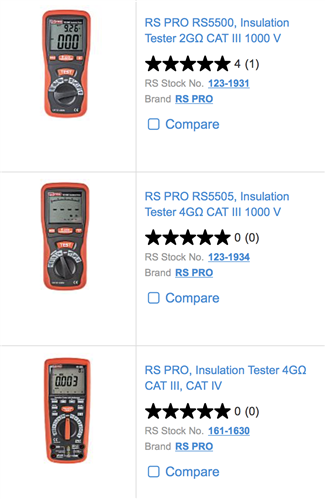

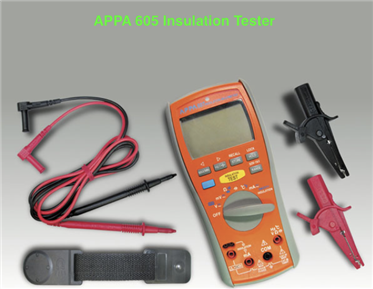


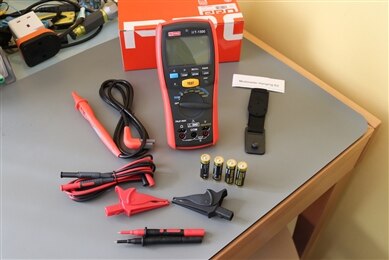
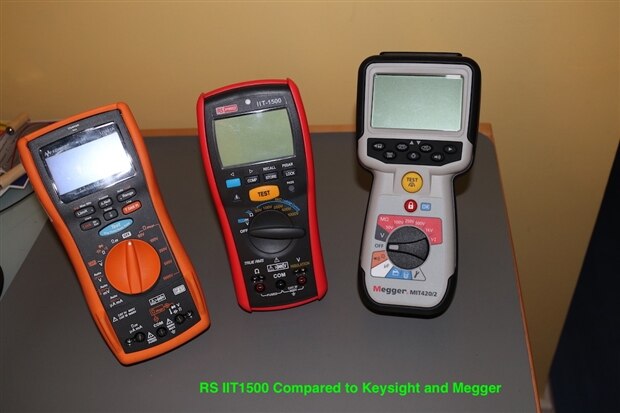


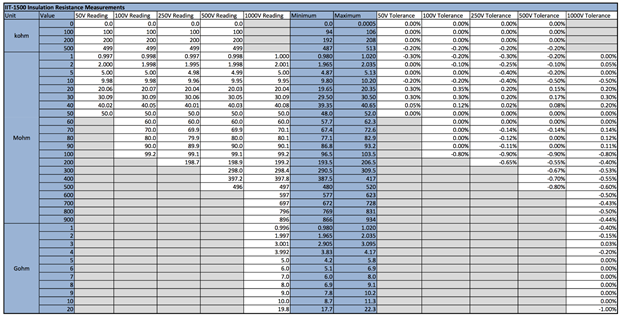





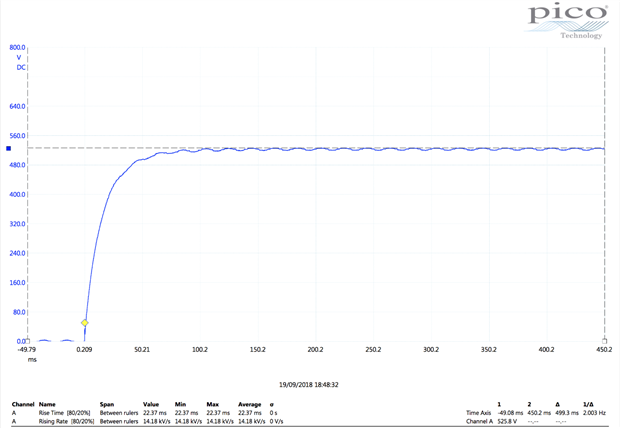


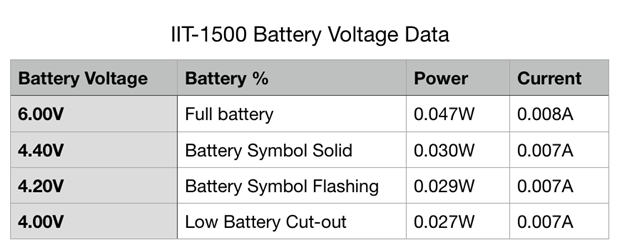

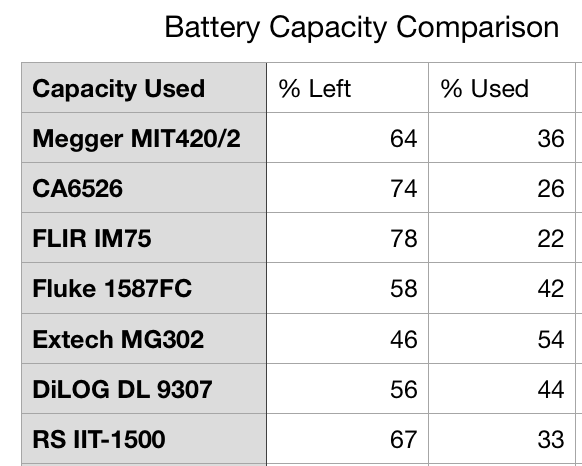

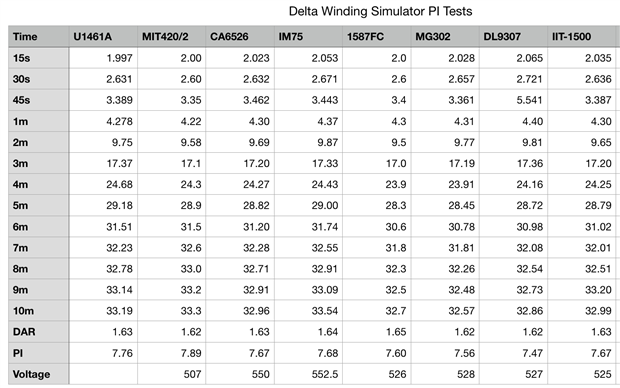

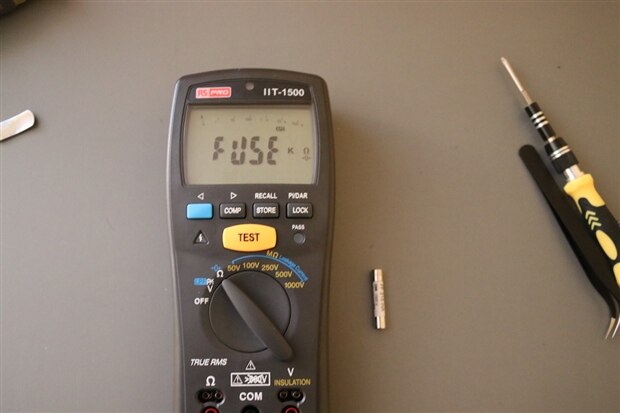
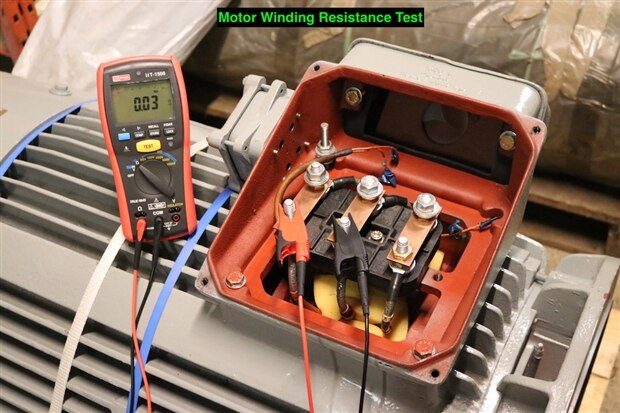
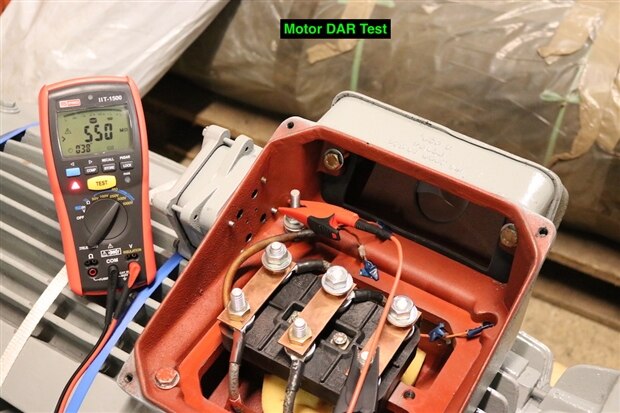


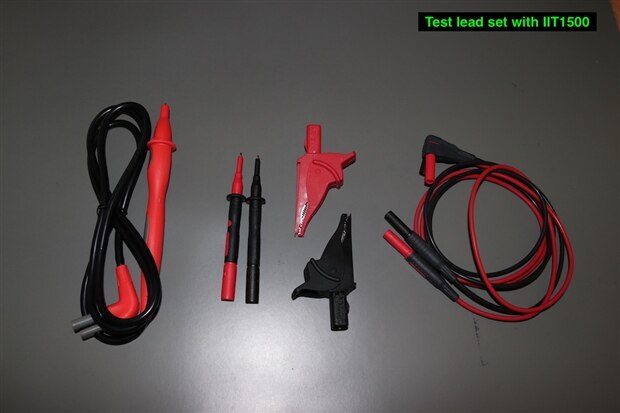
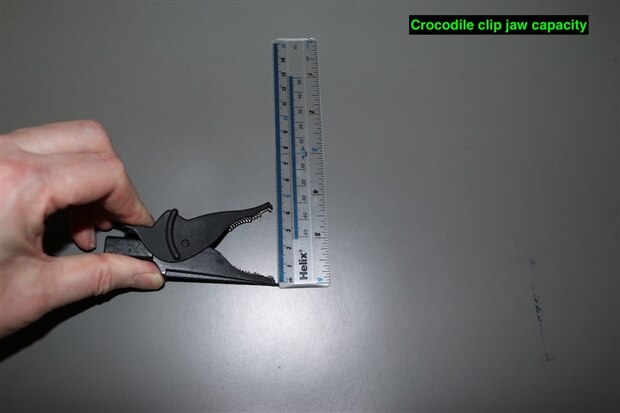
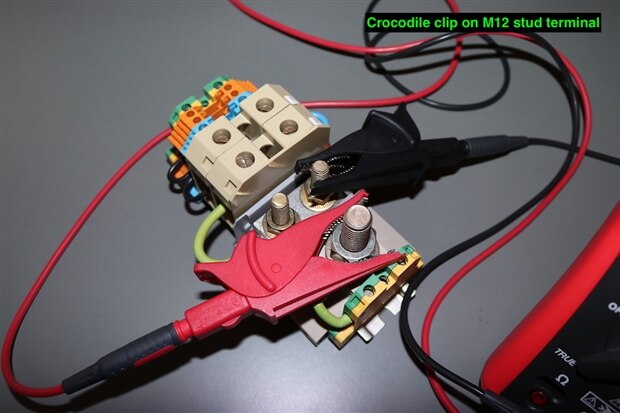
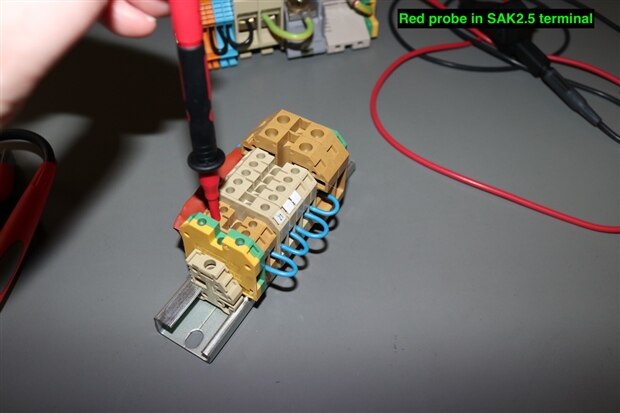
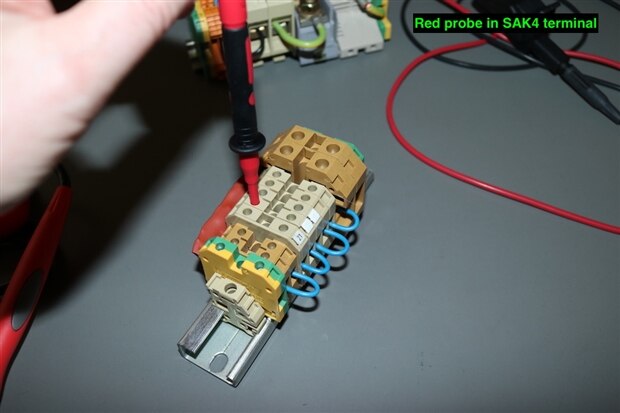
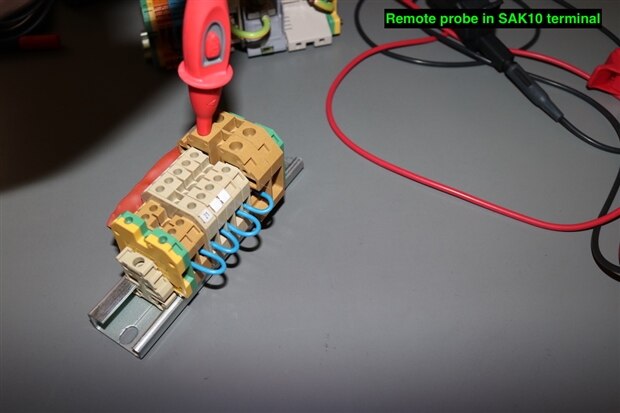
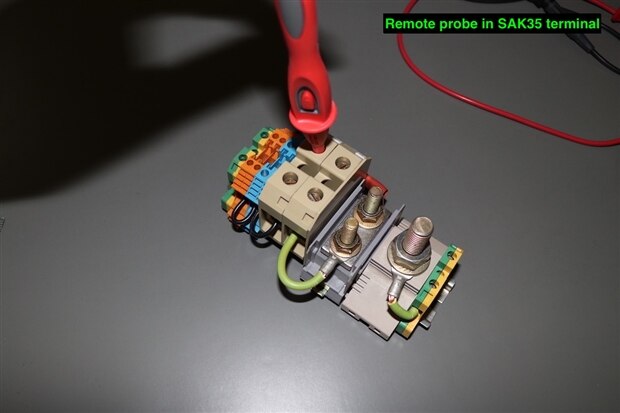
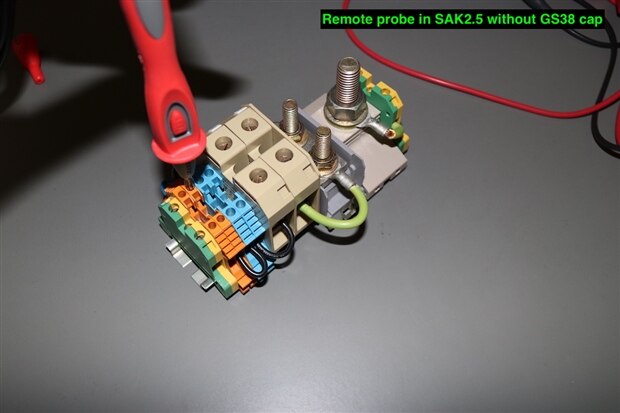
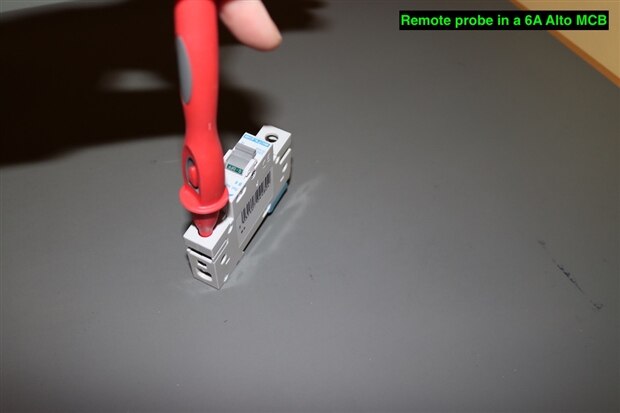
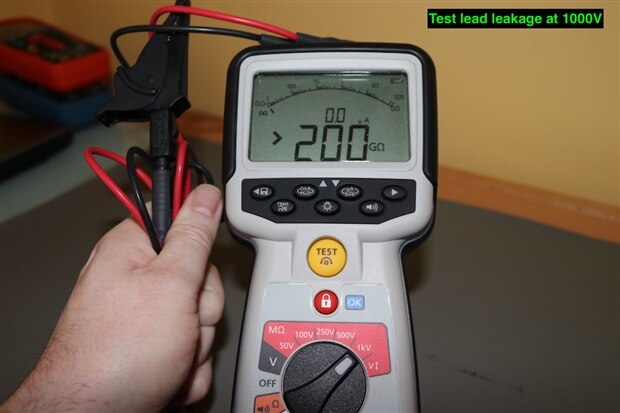
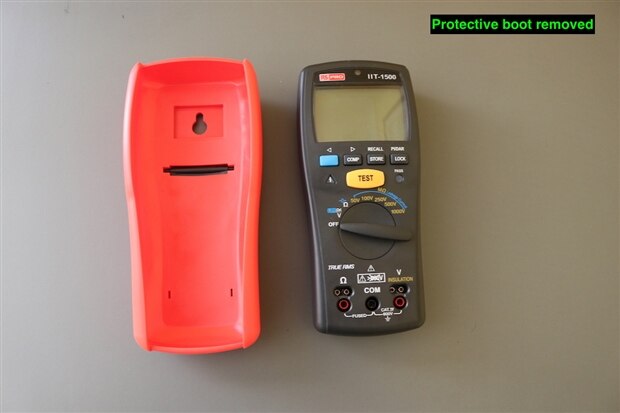
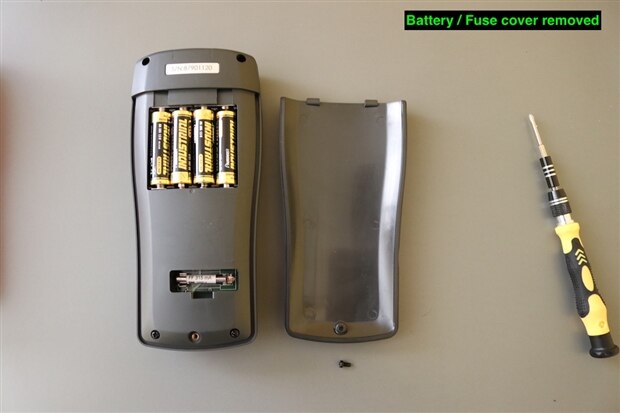

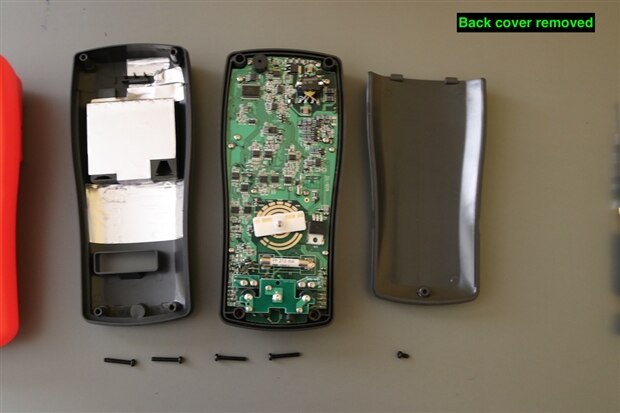
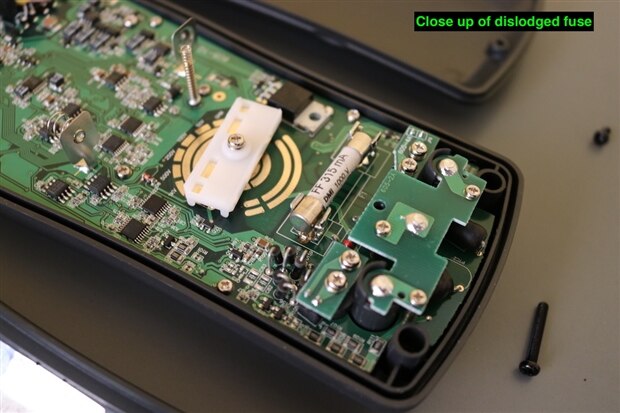
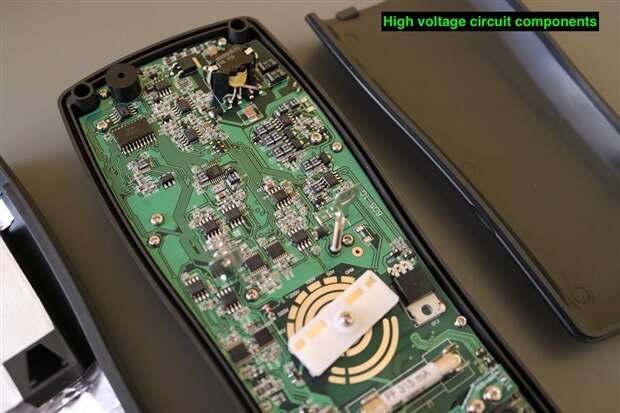
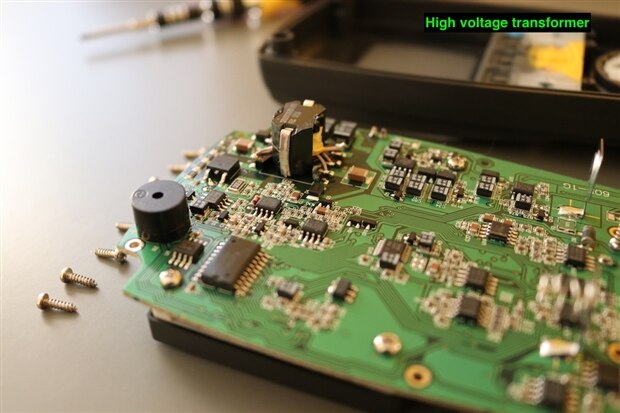

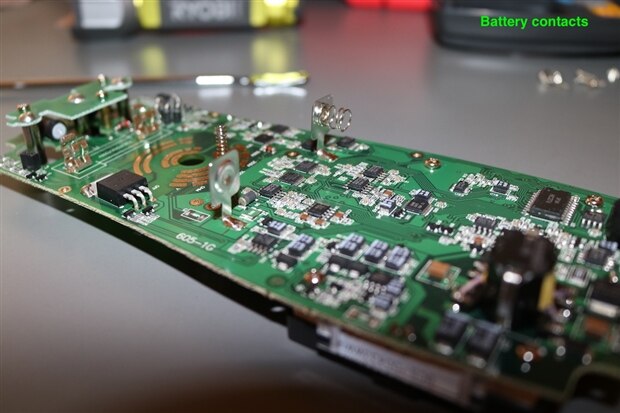
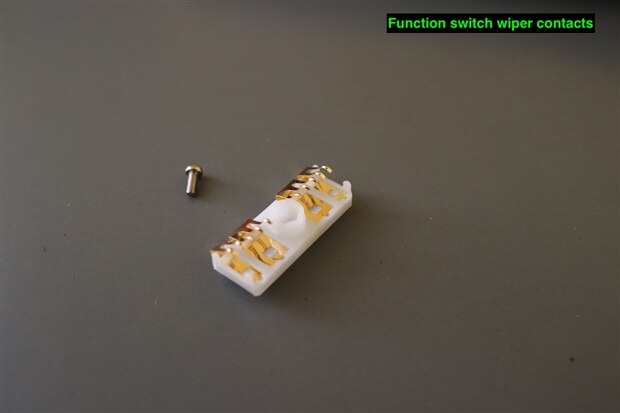
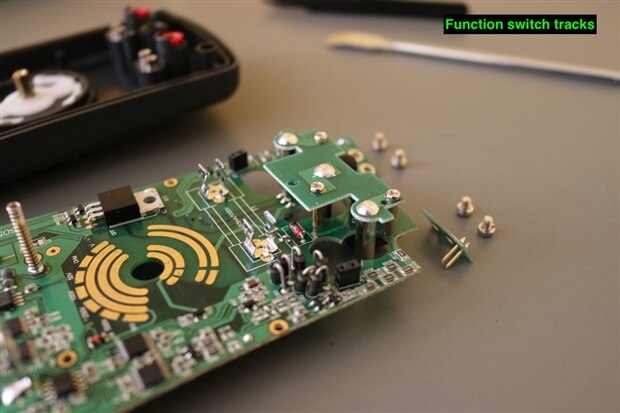

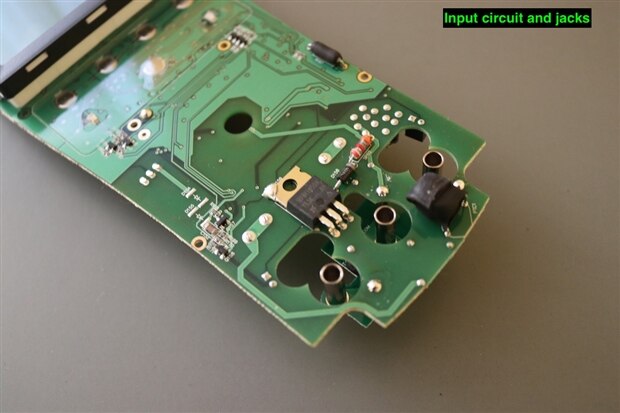
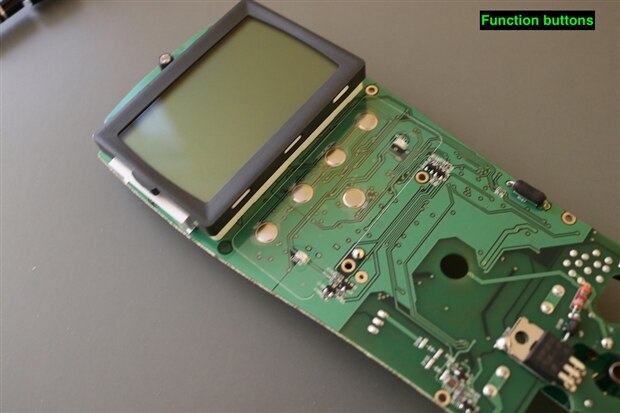
Top Comments